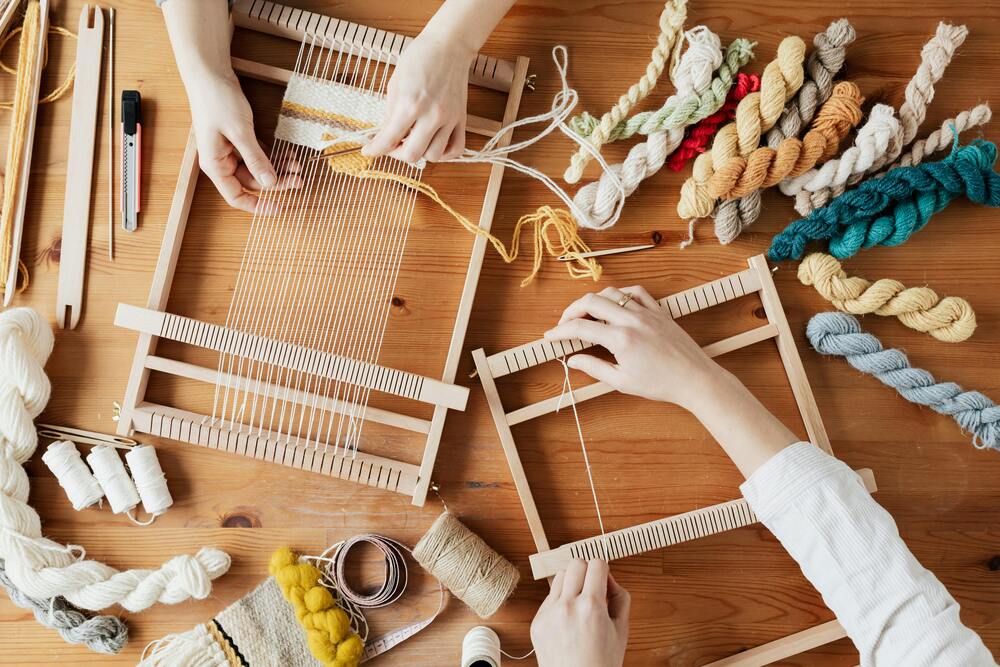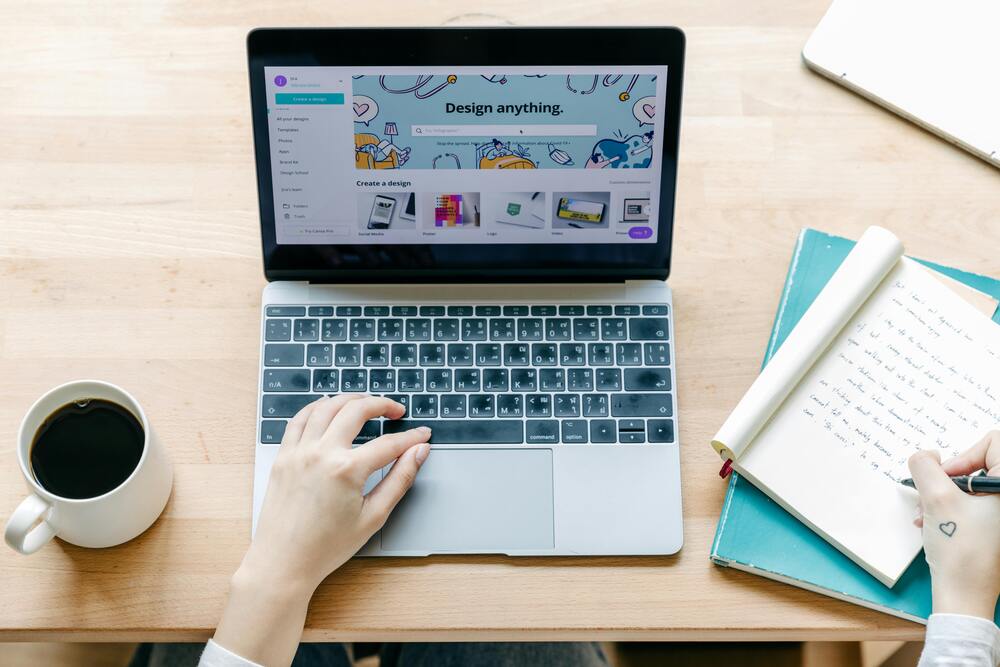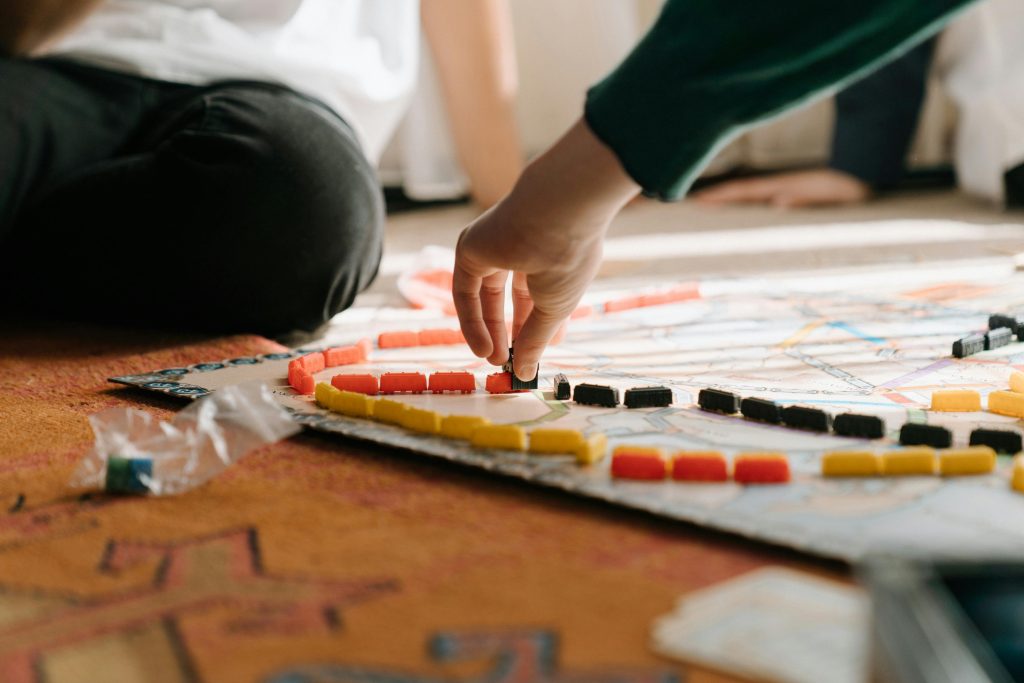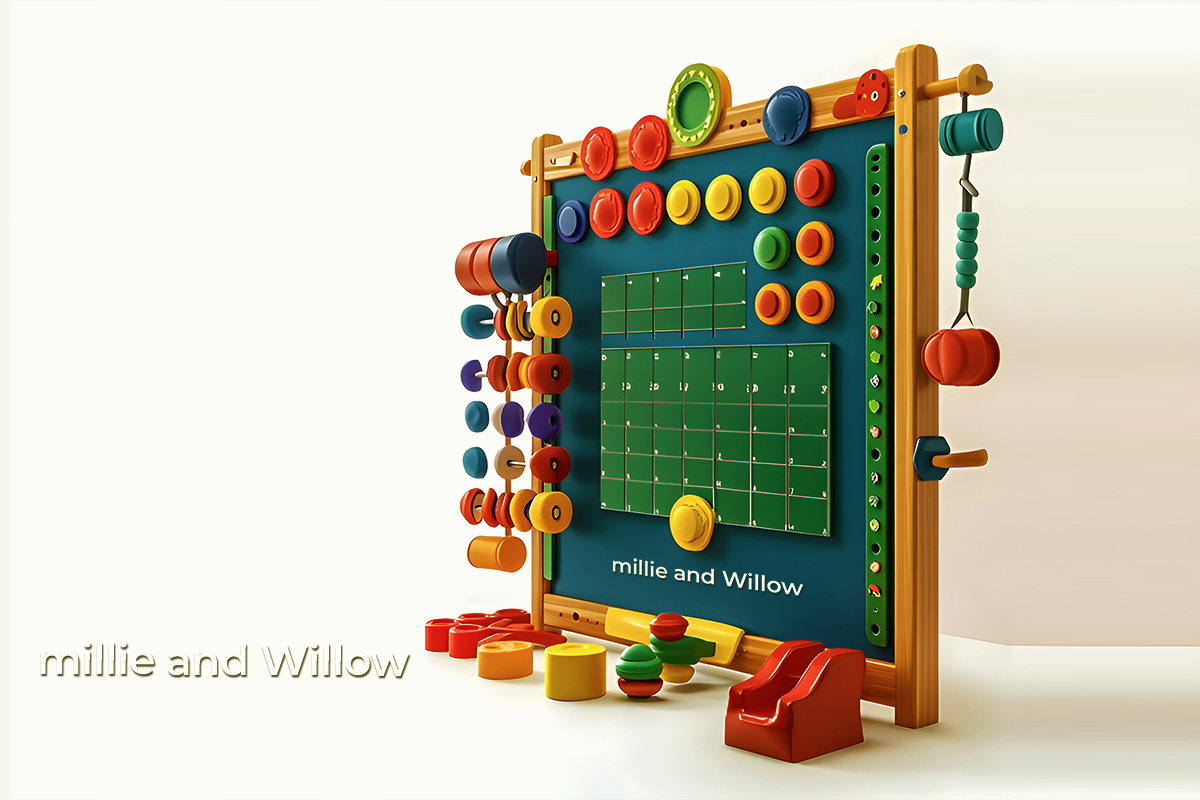At the heart of this holistic developmental approach lies the Montessori Activities Board, a carefully curated busy board designed to captivate the senses and stimulate the keen minds of toddlers. These boards are not just any educational toy but a cornerstone of Montessori philosophy, fostering fine motor skills and sensory exploration through an interactive playground of latches, textures, and puzzles.
A Montessori activities board, or what is often affectionately referred to as a ‘toddler busy board’, is more than a simple plaything. It is a sensory board crafted from the essence of the Montessori method itself, aiming to nurture independence, problem-solving skills, and a profound love for learning in our young ones. Whether it’s a wooden Montessori marvel or a home-crafted treasure, these boards for toddlers are instrumental in developing key motor skills and engaging children in a world where every twist, turn, and touch teaches.
While the significance of these vibrant boards in early education is universally acclaimed, the process of creating your very own Montessori busy board might seem daunting.
Imagine your child’s delight with their new sensory activity board. and curiosity being sparked by a learning toy they can call their own—one that evolves with them. Don’t miss out as we unveil how to create a child-engaging Montessori Activities Board in 6 simple steps, turning playtime into an unforgettable Montessori learning adventure.
Step 1: Identify Key Skills For Your Montessori Board For Toddlers
Before picking up a drill or paintbrush, it’s vital to identify the developmental skills your Montessori activities board will nurture for children from 1 to 4 years old. Think about your toddler’s learning journey with toys for 1 2 3-year-old kids; what milestones do you anticipate? A busy board can support a myriad of skills, from sensory recognition to fine motor skills.
Here are a few potential focuses:
- Fine Motor Skills: Activities featuring knobs, latches, or buttons enhance dexterity and hand-eye coordination. Your toddler will be excited to interact with these elements on their very own toddler-book board.
- Gross Motor Skills: Longer movements like sliding or pushing elements on the toddler busy board Montessori can encourage larger muscle groups, enhancing the toddler’s physical coordination.
- Sensory Exploration: Consider incorporating different textures and Montessori sensory elements to stimulate the child’s senses. After all, a sensory board is all about unleashing curiosity.
Remember, these boards, including busy boards and Montessori toys for toddlers, are versatile and dynamic educational toys with room for creativity and the implementation of various learning concepts. Our next step is to explore the material selection to manifest our wooden Montessori masterpiece. Stay tuned!
Step 2: Gather Materials To Make A Busy Board For Toddlers

This step ensures safety, durability, and an engaging learning experience with the sensory activity board. while creating your child’s Montessori Activities Board. Let’s dive into suggestions for selecting the perfect components:
- Sustainability Meets Sensory Exploration: Opt for recyclable and everyday items that are safe for little hands. Items like fabric scraps for texture, wooden spoons for drumming, bottle caps for spinning on a busy board, or educational activities for learning fine can transform into educational gold mines.
- Durability Is Key: When choosing materials for your Montessori toy boards, prioritize wooden components for an engaging wooden busy board. A wooden Montessori busy board not only lasts but provides a timeless look, solidifying its status as a classic wooden sensory board. Wooden toys and boards stand the test of time and vigorous toddler play.
- Safety First: Ensure all materials are non-toxic and free of sharp edges. Avoid parts small enough to be swallowed. It’s all about fun and learning without the risks.
Gathering materials for a busy book can be a joyful scavenger hunt. Search for items that will spark joy and learning and establish a foundation for Montessori learning toys. Whether it’s for toddlers 1-3 or kids a bit older, the right materials make all the difference. Up next, we’ll dive into planning and layout design, ensuring your educational activity board for learning fine motor skills becomes a cherished wooden activity board in your home.
Step 3: Layout Design For Your Toddler’s Busy Or Sensory Board
Creating a busy book or a baby busy board introduces a tangible aspect to learning, engaging toddlers in educational activities for learning fine motor skills. Engaging on the Montessori activities board is part skill, part imagination, and until now, all about preparation. This essential stage transforms your board from a tangle of materials into a play area that delights and educates.
- Plan for Age: Considerations such as accessible reach and age-specific motor skills should guide where you position each activity. The lower sections of your busy board are perfect for babies and younger toddlers, while the upper areas can engage the older ones.
- Create A Learning Progression through Montessori Sensory and Educational Activities. Arrange the elements to gradually increase in complexity on the board with 10 different activities. For the youngest toddlers, you might position simple shapes and textures on the bottom and more intricate locks or latches higher up on their busy board Montessori learning toys.
Each aspect of the layout design of your Montessori busy board lends a vital thread to the learning tapestry. Remember, this is as much a piece of art as it is an educational toy. Our next step will explore assembly tips, ensuring your learning toy comes together seamlessly. With a well-planned layout, the board for toddlers sets the foundation for valuable engagement and learning.
Step 4: Assembling A Busy Board For Toddlers

The Montessori activities board isn’t just another toy for toddlers; it’s a craft of care and learning. In assembling your board, precision and safety are your guiding principles. Follow these steps to ensure everything stays in place for those little exploring hands, including securing all elements of the Montessori busy board to foster activities for learning fine motor skills.
- Securing the Fun: Use sturdy screws and non-toxic glue to attach your chosen items to the busy board for 1 2 3 years old. Be it the spin of a wooden gear or the flip of a latch, ensure each component is fixed securely to your busy board to withstand the enthusiasm of 1 2 3-year-old learners.
- Double-Check for Safety: After attaching each element on the board, give it a ‘toddler test’. Tug and twist each part as a toddler might; if it holds firm, it’s a job well done!
Each aspect of your Montessori busy board for toddlers should inspire confidence and curiosity. With materials firmly attached and all safety checks in place, your educational activity board becomes a beacon for developing fine motor skills and a gift that keeps on giving.
Next, we focus on crafting a sensory experience that stands out—ensuring your board for toddlers educates and excites!
Step 5: Introduction Of Montessori Activities Board To The Child

the world of Montessori busy boards is akin to opening a gateway to new knowledge for your toddler. However, the magic happens when the introduction is as engaging as the board. Here’s how to bring your child and their new learning toy together, such as a baby busy board or Montessori learning toys, in a way that sparks joy and curiosity from the outset:
- First Impressions Matter: Place the Montessori activity board in your home’s bright, inviting area. Let your toddler learn it naturally with a sensory activity board, ensuring it’s within their line of sight and reach. This autonomy in exploration is key in Montessori philosophy and encourages initial engagement without direct pressure.
- Model the Excitement: Children are keen observers. Show genuine enthusiasm as you interact with various elements on the board. Whether it’s the tactile feedback from a sensory board or the snap of a latch, your interest will ignite theirs.
- Guide, Don’t Dictate: Let your child lead the way. Introduce them to the wooden Montessori board by pointing out features they seem drawn to, then step back, allowing them to explore Montessori learning toys and activities for learning fine motor skills on their own. The goal is to facilitate exploration, not to instruct, by providing Montessori learning toys and educational activities for learning fine motor skills that inspire natural curiosity. Remember, fine motor skills and sensory learning should figured at their own pace.
- Incorporate Into Daily Routine: Make interacting with the toddler busy board, a staple of Montessori learning, a regular part of your child’s playtime. Consistent exposure without pressure allows the board to become a familiar yet exciting part of their learning landscape.
Encouraging self-guided discovery ensures that the busy board becomes more than just another educational toy; it transforms into a beloved companion on their journey of growth and learning.
Step 6: Regular Rotation Of Activities

An engaging Montessori activity board is a dynamic tool, always fresh and ready to challenge your toddler, making it an ever-evolving gift for your toddler. Gardner’s theory of multiple intelligences resonates with the Montessori philosophy, and constantly rotating activities cater to all aspects of your child’s development, including motor skills, sensory skills, and cognitive growth.
- Keep it Fresh: Vary the activities on your busy board for toddlers at regular intervals. This can be as simple as moving the current educational toys on the board or introducing new elements, such as a sensory board or wooden activities.
- Incorporate Sensory Elements: Have components that engage all the senses. Consider integrating a busy board with an LED light or a sensory board with buckles, both excellent Montessori toys for toddlers that support developmental milestones. These innovative additions keep your active 1-3-year-olds’ attention and stimulate sensory development.
- Achievable Challenges: Keep the tasks achievable yet interesting by incorporating elements such as a busy board Montessori toy to enhance their learning experience. For 2-4-year-old toddlers, include learning activities that gradually increase in complexity within the busy book, nurturing their problem-solving abilities while promoting fine motor skills through engaging with Montessori toys for toddlers.
Remember, the goal is to make the Montessori busy board an engaging, ever-evolving learning tool that keeps your child busy, interested, and always learning.
To conclude, creating a Montessori activities board is a journey of experimentation for you and your toddler. It offers a plethora of learning opportunities for 1, 2, 3, and 4-year-olds. With patience and creativity, every step has a rewarding outcome.
Remember, crafting the board, like a busy board Montessori toy, is just the start of introducing educational activities for learning fine motor skills. The real magic begins when you see your toddler exploring, learning, and having fun with it. Keep innovating with new activities, and make the Montessori board a dynamic learning toy with ideas perfect for toys for 1 2 3-year-old kids. Enjoy as you practicalise the steps!

Leave a Reply